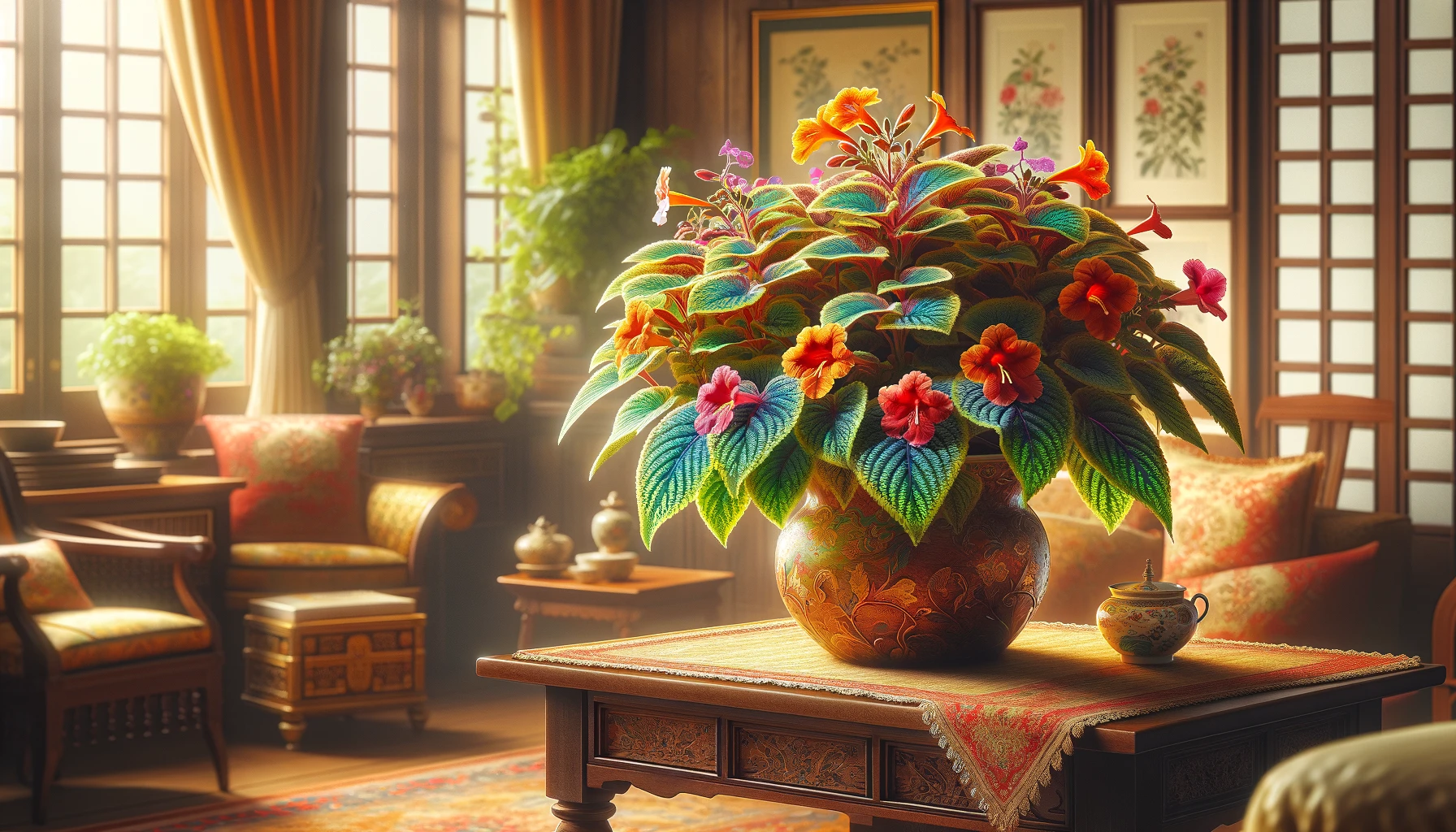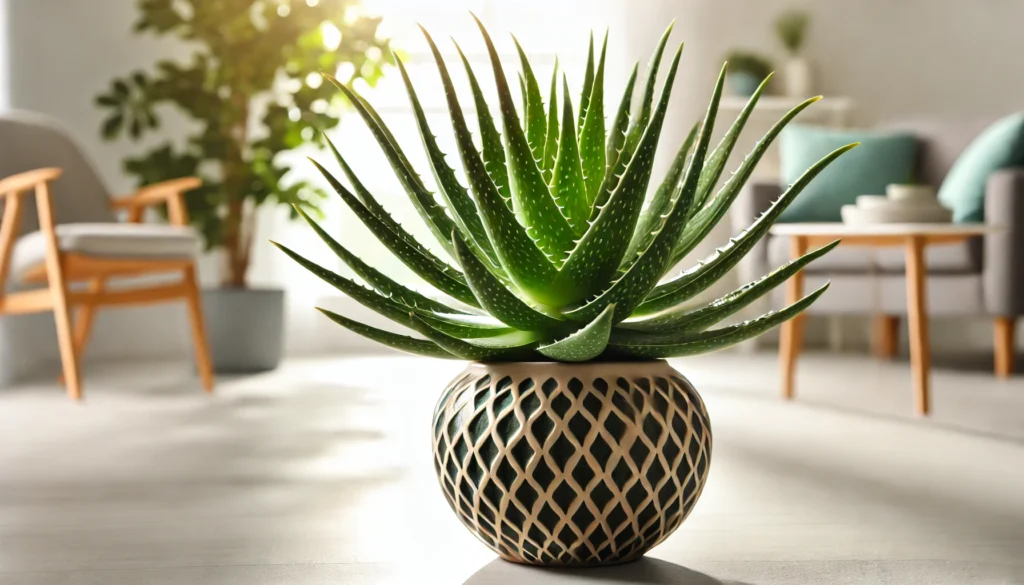
Episcia, known formally as Episcia cupreata, is a delightful houseplant admired for its vibrant foliage and small, trumpet-shaped flowers. This plant typically reaches up to 12 inches in height and spreads out through runners, making it an excellent choice for hanging baskets or as ground cover in indoor gardens. Its colorful leaves, which range from green to bronze, pink, and even silver, add a touch of beauty to any room.
The History and Ideal Growing Conditions
Episcia plants are native to Central and South America, where they grow under the canopy of tropical rainforests. They thrive in warm, humid environments, making them well-suited for indoor cultivation. These plants prefer bright, indirect light and a consistently warm temperature between 65°F and 80°F. To mimic their natural habitat, place them in a spot where they can enjoy filtered light, and maintain humidity levels around 60% or higher. Episcia plants do well in shallow pots with plenty of room for their runners to spread.
Is Episcia Toxic to Pets?
One of the great things about Episcia is that it is non-toxic to pets. This makes it a safe addition to homes with cats, dogs, or other small animals. You can enjoy the beauty of this plant without worrying about the safety of your furry companions.
Best Practices for Caring for Episcia
Caring for Episcia is relatively straightforward, but attention to its specific needs will ensure it thrives.
Watering and Humidity:
Episcia plants prefer evenly moist soil, but be careful not to overwater them. Water the plant when the top inch of soil feels dry to the touch, and avoid letting it sit in water. These plants thrive in high humidity, so misting them regularly or placing them on a humidity tray can be beneficial.
Soil, Light, and Temperature:
Plant your Episcia in a well-draining soil mix, such as one designed for African violets. Bright, indirect light is ideal, as too much direct sunlight can scorch the leaves. Keep the temperature consistent, avoiding drafts or sudden temperature changes, as Episcia plants are sensitive to cold.
Common Problems and Simple Remedies
While Episcia plants are generally easy to care for, they can encounter a few issues:
- Leaf Yellowing: This may be a sign of overwatering or poor drainage. Allow the soil to dry out slightly before watering again, and ensure the pot has good drainage.
- Pests: Spider mites and aphids can sometimes infest Episcia plants. Regularly inspect your plant and use insecticidal soap or neem oil to treat any infestations.
- Leaf Burn: If the leaves develop brown spots, it could be due to too much direct sunlight. Move the plant to a spot with filtered light.
Invasive Species Consideration:
Episcia is not considered an invasive species, so there’s no need for concern about it spreading uncontrollably in your home or garden.
Propagation and Benefits of Episcia
Episcia plants are easy to propagate, making them a popular choice for plant enthusiasts. The plant produces runners, which can be rooted in water or soil to create new plants. Besides adding beauty to your space, Episcia plants also help improve indoor air quality by absorbing pollutants and releasing oxygen.
Final Thoughts
Episcia is a vibrant and versatile houseplant that can add color and life to any indoor space. Its ease of care, combined with its non-toxic nature and beautiful foliage, makes it a wonderful choice for both novice and experienced gardeners. Whether you’re looking to brighten up your home or expand your indoor garden, Episcia is sure to delight.



